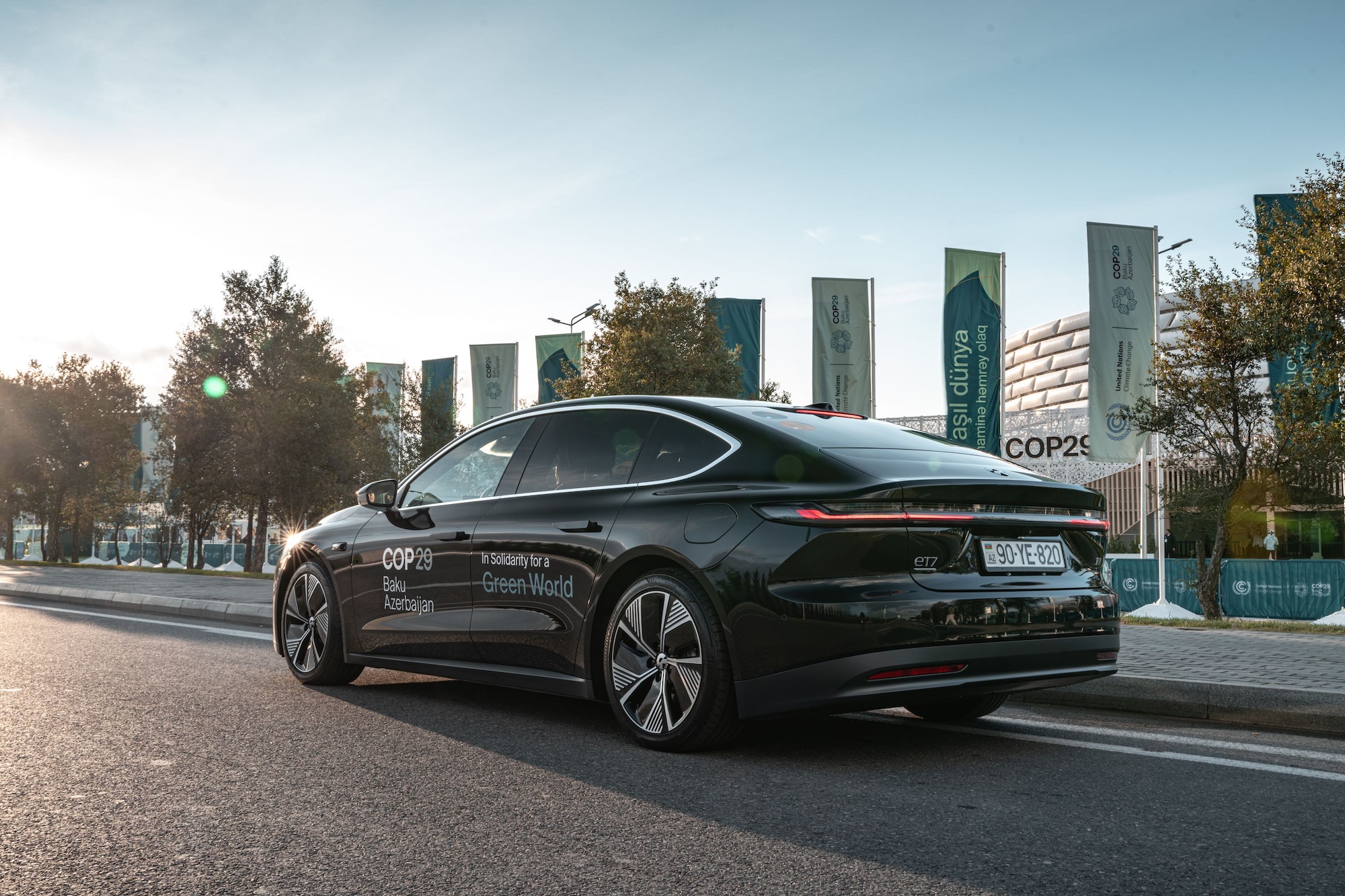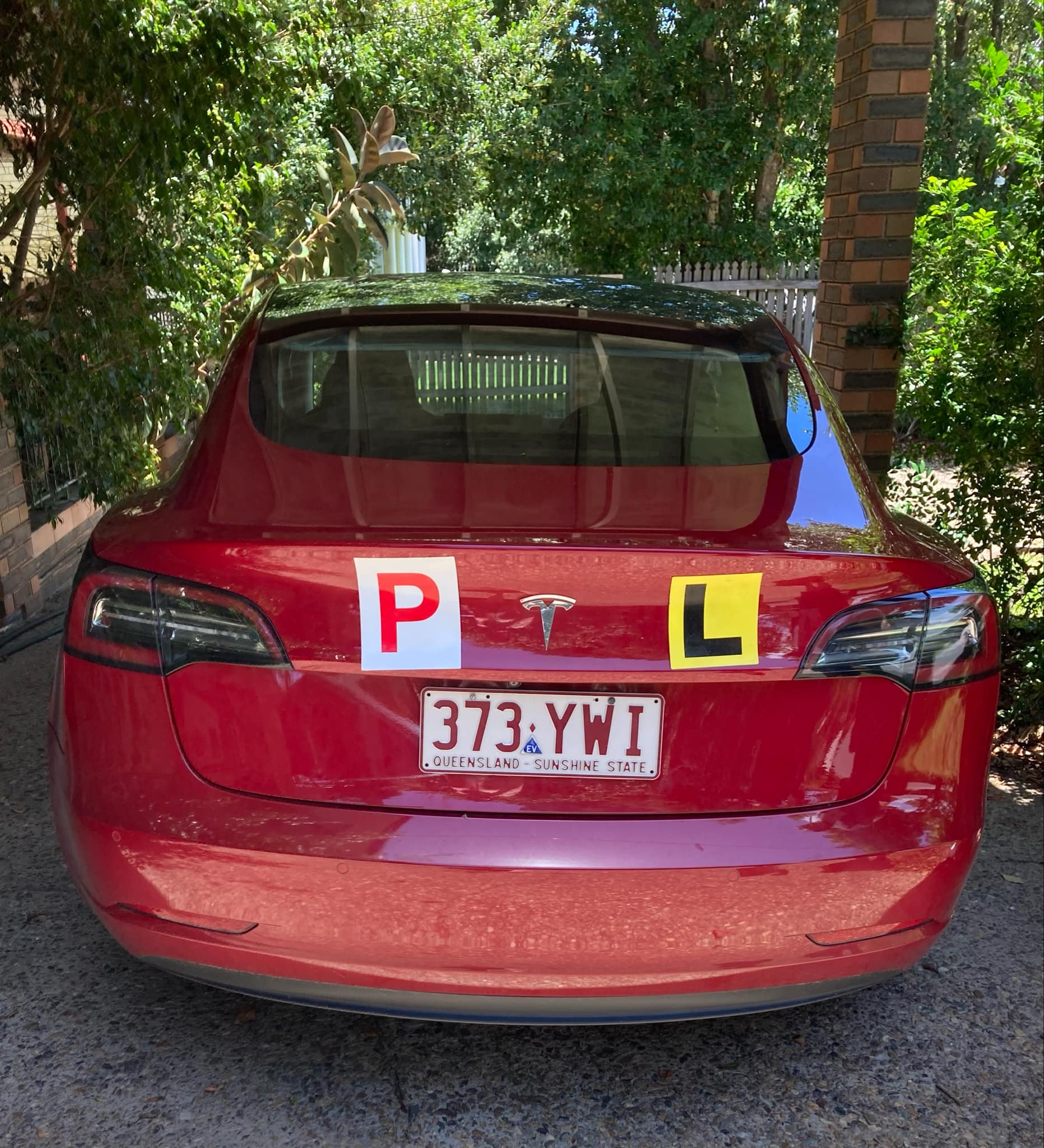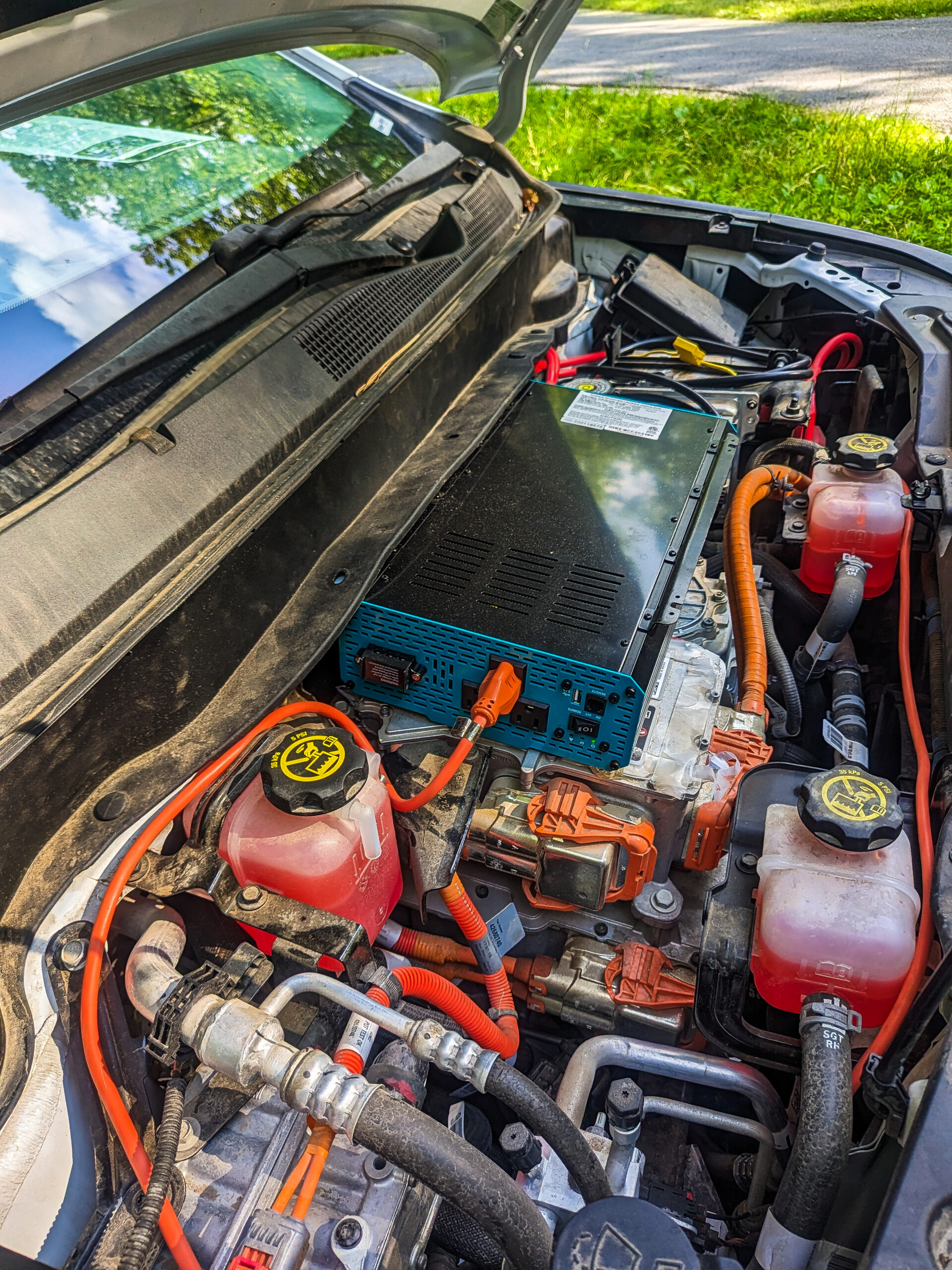Sign up for daily news updates from CleanTechnica on email. Or follow us on Google News!
The good news about EV sales keeps pouring in, and Ford Motor Company is eager to pour more fuel on the fire. The company racked up a strong performance in February and it is banking on the all-electric E-Transit to keep the momentum going. Wait, what is the E-Transit and whatever happened to the F-150 Lightning?
A Mixed Picture On EV Sales
Ford has been banking on its iconic brands to give its EV sales a strong start out of the gate, and for a while there it seemed to be working.
CleanTechnica was among those taking note just a few years ago when Ford launched new electric vehicles under the iconic Mustang and F-150 name plates. The City of New York made headlines when it snapped up the new electric Mustang Mach-E SUV, and the attention-getting F-150 Lightning electric pickup truck picked up awards from Motor Trend and NACTOY, among others.
Some concerning news about EV sales in the US hit the media radar last fall, though when the dust settled the problem appeared to be more a matter of not meeting expectations. Globally, EV sales in January 2024 blew past the January 2023 figure by 69%, topping the 1 million mark.
Still, a global sales record can mask quite a lot of variation. Sure enough, Ford’s EV sales “took a nosedive” in January 2024, as described by Fortune, partly on account of a shift in the EV tax credit picture.
“Amid an industrywide slowdown in demand for electric vehicles, Ford’s EV sales fell 11% in January,” Fortune noted.
“Ford also is cutting production of the Mach-E and the F-150 Lightning plug-in pickup truck,” they added.
Just one month later, the picture looks brighter. Earlier this week, the Detroit News was among those reporting that Ford delivered 6,368 EVs in February, an EV sales jump of 80% from February last year. The figure was drawn from a notice issued by the company on Monday. Detroit News also picked through the news to note a 93% uptick in sales of the F-150 Lightning in February, as well as a 64% increase for the Mustang Mach-E.
New Electric Van To Boost EV Sales
No word yet when, or if, Ford plans to start ramping up production of the Mach-E and Lightning again. However, even if sales of those two vehicles don’t meet initial expectations, Ford will always have the E-Transit, and that is a big deal.
The E-Transit is the all-electric version of Ford’s popular Transit van. A fixture of commercial transport in Europe since the 1960s, the Transit was a best-kept secret across the pond until Ford introduced it to the US in 2014. Ford must have like what it saw, because not too long after that, in 2021, the company tapped the Transit nameplate to shoulder some responsibility for the transportation electrification movement.
Ford dropped word about the E-Transit launch right around the time it announced the new Mustang Mach-E. In terms of media attention, the Mustang brand easily outshone the workaday, unfamiliar face of the Transit. However, Ford seemed confident that its new all-electric, all-purpose commercial van would cut through the media clutter eventually, flying on the coat-tails of the Transit.
As it happens, 2024 is the 10-year anniversary of the Transit’s launch in the US, and Ford decided to leverage the occasion on behalf of the E-Transit.
In a celebratory press release on March 6, Ford drew attention to the Transit’s solid reputation, noting that the van became the #1 selling commercial van in the US within six months after hitting the market in 2014. Just two years later it was outselling minivans, too.
Tim Baughman, the general manager of the company’s Ford Pro Division, chipped in his two cents for the press release. “We’ve assembled more than 1.2 million Transit vans in the last 10 years, and 99% of Transits are still on the road, working hard for customers today,” he said.
“It’s America’s bestselling commercial van because it’s Built Ford Tough, and businesses on every streetcorner rely on Transit to keep the country moving,” he emphasized.
As a sister vehicle to the Transit van, the E-Transit also comes under the Ford Pro umbrella. Ford is taking full advantage of the connection.
“E-Transit has quickly become the electric van of choice in America, Canada, and Europe, thanks to its versatility,” Ford enthuses.
Evidently the company is not resting on its laurels. It has come up with some enhancements to keep pushing sales this year.
“New for the 2024 model year, Ford Pro enhances range capability on E-Transit, offering an overall estimated range of 159 miles on low-roof cargo van models with 89 kWh of usable energy, which supports work covering longer distances and provides more capability to unlock electric solutions for new use cases, like refrigerated delivery,” the company explains.
How Much Range Does An EV Really Need?
The range of 159 miles may seem somewhat short by today’s standards, leading to the question of why Ford didn’t make it longer. That’s a good question. Ford arrived at the balance of range and cost after analyzing the data from 2.5 million trips covering 30 million miles of commercial van use, and calculated that commercial vans only travel an average of 74 miles a day in the US. Offering a higher-priced vehicle with top-end range might attract some customers, but in terms of average EV sales a lower-range, lower-cost battery pack will do the trick.
As for EV fast charging, that’s another interesting angle on the electric fleet vehicle market. The new E-Transit can use DC fast charging stations to get a quick 15-minute partial charge while on the road, but Ford assesses that public EV charging stations are not the primary use case for commercial electric vans. Instead, they tend to charge up at depots and other workplaces, or drivers take them home to charge overnight.
To fill that end of the EV market, Ford de-emphasizes fast-charging capability in favor of overnight charging.
“…the 2024 E-Transit will charge from zero to 100% in just six hours and 11 minutes when using the now-available Ford Pro Series 2 80A charging station12 — 22% faster than the prior battery — providing a full charge overnight,” the company notes.
Ford has also smoothed the way for drivers to charge their vans at home. The company is releasing a new iteration of its Series 2 48A charger, which it describes as “best for fleet drivers who take their vehicles home to charge.”
 Chip in a few dollars a month to help support independent cleantech coverage that helps to accelerate the cleantech revolution!
Chip in a few dollars a month to help support independent cleantech coverage that helps to accelerate the cleantech revolution!
Mining Government Fleets For More EV Sales
Ford is not the only Big 3 automaker to boost EV sales with a dive into the commercial van market (here’s another example), but it seems to have gotten an edge on the competition. Back in 2022, CleanTechnica teased the idea that the E-Transit would play a role in the US Postal Service’s massive fleet upgrade plan. Sure enough, earlier this year the USPS featured the E-Transit in an update on the role of electric vehicles in the plan.
The Postal Service alone plans to buy 9,250 E-Transit vans in the coming months, which should help give 2024 EV sales a boost.
Another E-Transit venture involves a pilot fleet leasing project with the Canadian company Driving Force, which includes 100 E-Transit vans along with 50 Lightning pickups and 12 Mustang Mach-E, so stay tuned for more on that.
Follow me @tinamcasey on Bluesky, Threads, Post, and LinkedIn.
Photo (cropped): Ford is banking on the E-Transit electric commercial van to help boost EV sales in the US.
Have a tip for CleanTechnica? Want to advertise? Want to suggest a guest for our CleanTech Talk podcast? Contact us here.
Latest CleanTechnica TV Video
CleanTechnica uses affiliate links. See our policy here.





